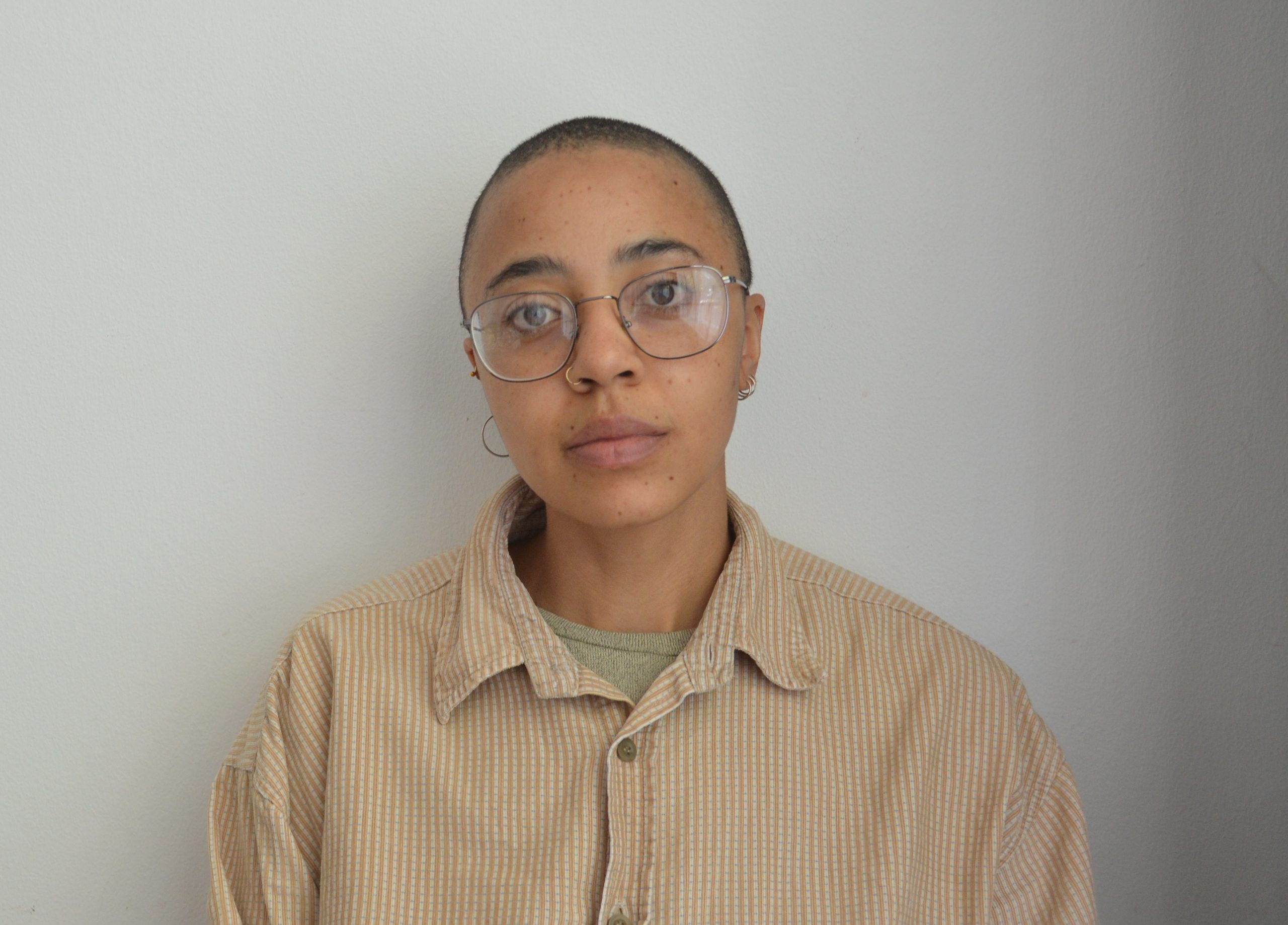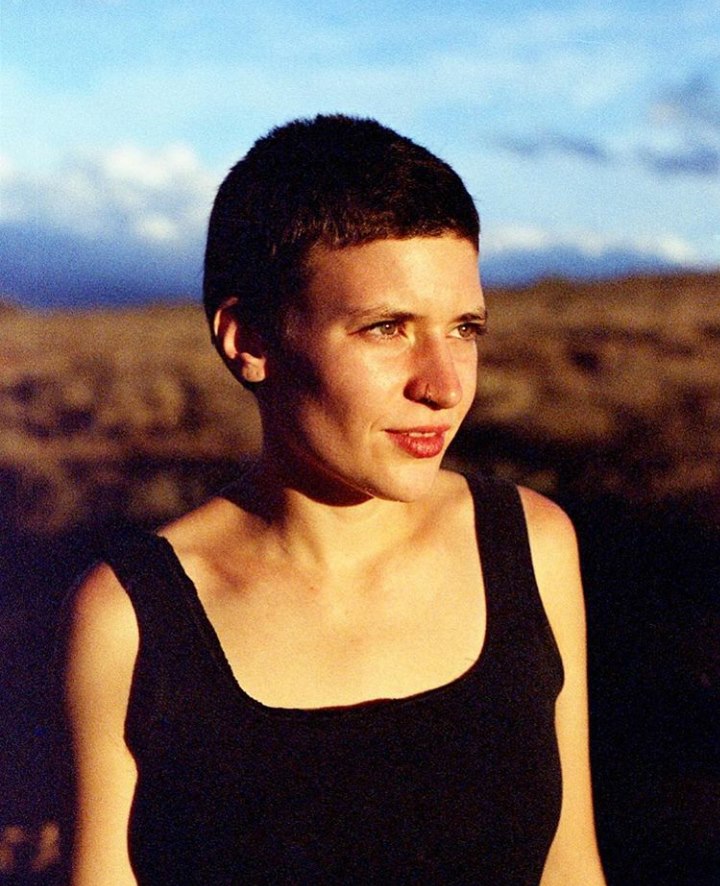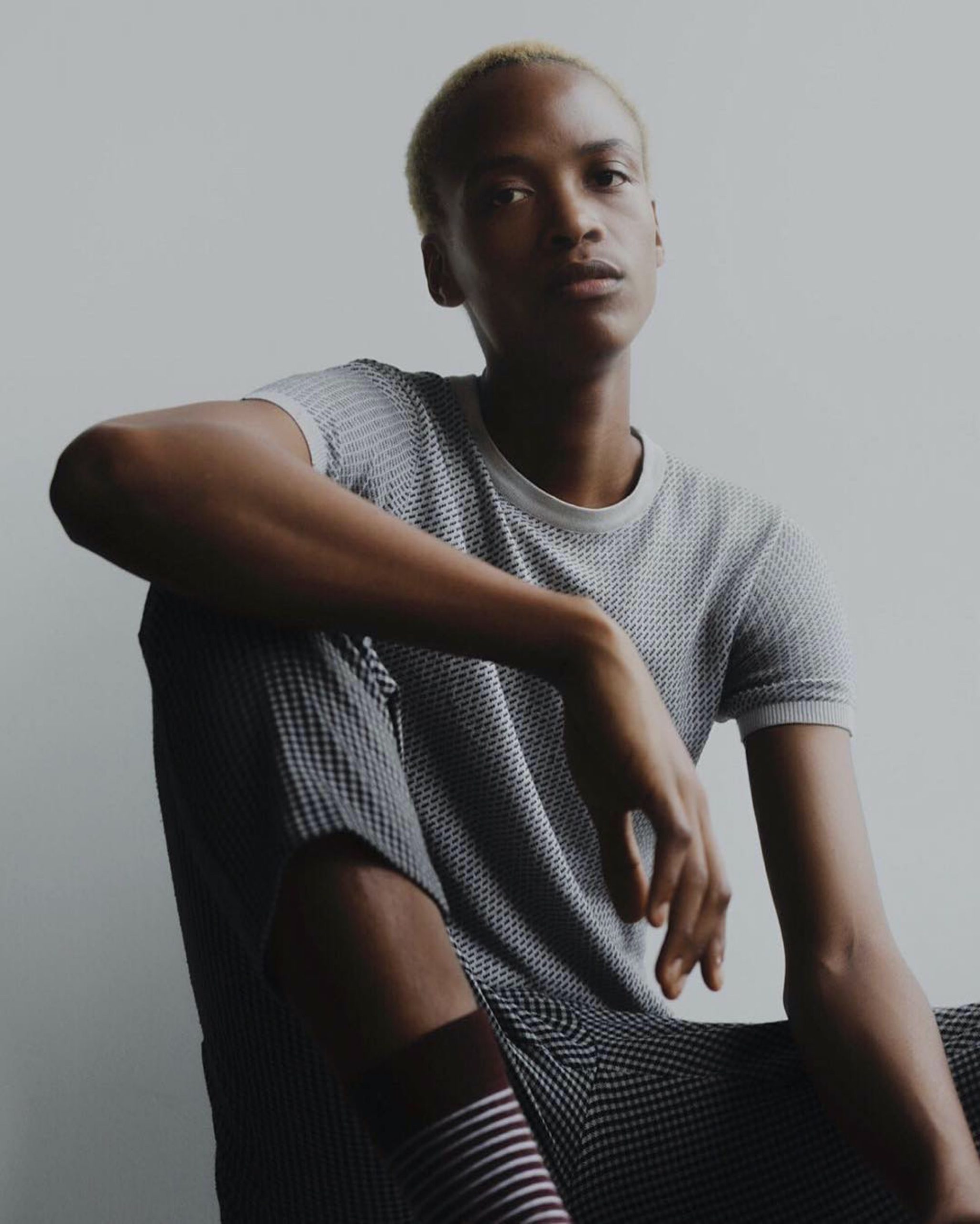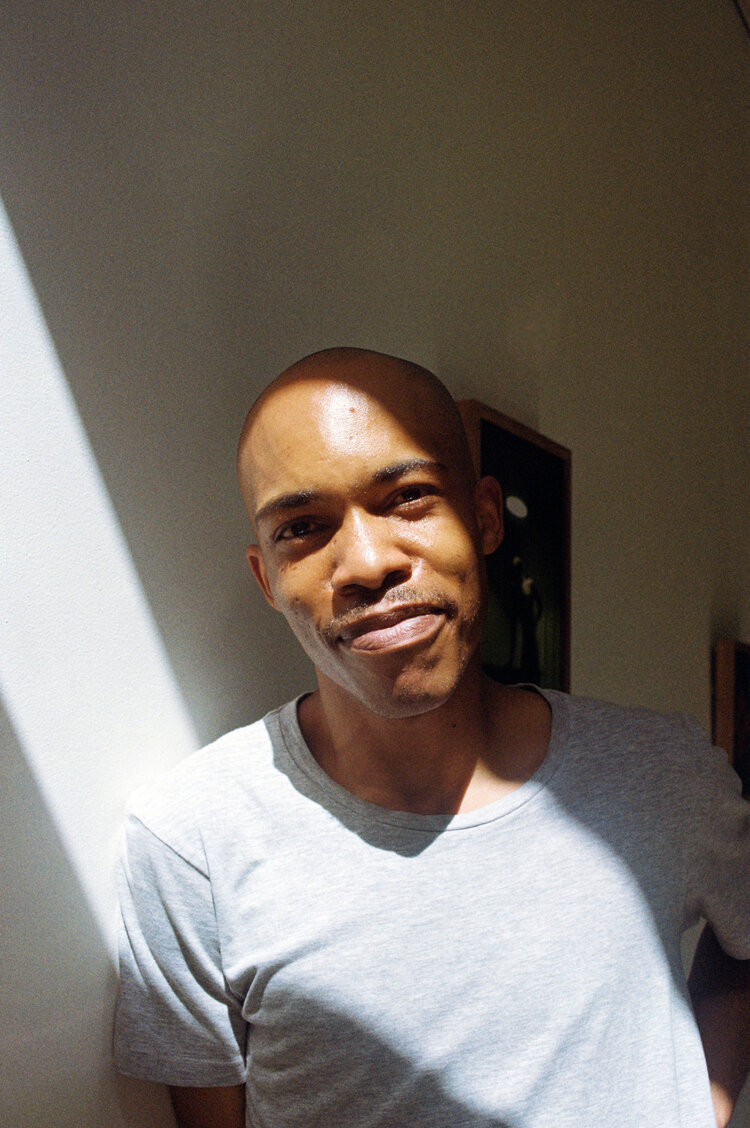What is time? A secret – insubstantial and omnipotent. A prerequisite of the external world, a motion intermingled and fused with bodies existing and moving in space. But would there be no time if there were no motion?…
Time is active, by nature it is much like a verb, it both ‘ripens’ and ‘brings forth’. And what does it bring forth? Change! Now is not then, here is not there – for in both cases motion is between both.
Frederic James, The End of Temporality
Let’s assume for a second that time is real and that the new calendar year signifies a beginning or as James puts it, that time is motion and therefore change… the thing that reminds us that here is not there and that now is not then.
As 2021 came to an end, I began reflecting on the difficulty of the last few years and began to wonder what the New Year might bring forth. I was interested to know how my peers were reflecting on it in relation to their artistic practices and wanted to know what they would change, alter or stretch as time rolled forward and around… And so I asked:
What are you really going to change in 2022?
Below, artists and writers; Thuli Gamedze, Misha Krynauw, Keely Shinners, Luvuyo Equiano Nyawose and Nkhensani Mkhari, offer their reflections to the prompt — bringing forth deeply thoughtful and sincere meditations on the new year.
In terms of my work, I’m interested in doing more stuff where I’m able to be simultaneous – at once a writer and a reader and a drawer and someone with a personality and someone trying to work things out. My favourite projects of the recent past have been these kinds of vaguely-forming things; whether publications or exhibitions, spaces whose outcome is unknown at onset, and shifts gradually through the making of work, texts, pictures, etc.
In the slowness of pandemic time, I’ve learned how to sew, and have been swallowed by processes of designing and making things in fabric. This new joy finds itself woven— 🙂 —into all the rest of my 2022 matter. Important too, are the boring things that keep me moving: “no,” more often, more belly breaths, rest on Sundays; better-regulated sleep and eating routines, more meditation.
My 2022 energy is to allow fun – reduce hermit behaviour a bit. It’s a year for adjusting amounts, remixing, re-composing, slowing or accelerating as needed – no additives, nothing new. I’m all here already – just trying, again, to understand what to do with this notion.

I’m a Virgo. In an ideal world, I get everything right the first time and we’re all fully vaccinated. In reality, however, I know that one of the most important lessons I’ve learned through my creative pursuits is to accept and stand in my inexperience. Even since the beginning of my work as an art writer and later the residency that led to my first ever theatre script, what started out as a way to protect myself from how daunted I felt stepping into these spaces and opportunities, became a process through which I let myself and my work evolve.
It was a vantage point that was meant to other me because these are spaces that other just about everybody, but instead gave me access to people who would impart crucial information and insight. It helped me realise that every draft, every attempt, every performance was a step closer to the vision, to the nexus.
For me, it’s not a matter of how or what will change, but rather how often, and against how much resistance. I suppose if anything, my aim remains to be as teachable as I can be in pursuit of my goals for this year, and to be as helpful and mindful of those who are doing the same.”

Photograph by: Nardus Engelbrecht
This year, my debut novel, How to Build a Home for the End of the World, will be released through Perennial Press. It is a queer dystopian road trip novel that considers what care might look like –on both personal and collective levels – in the throes of ever-unravelling crisis. When formulating the story, I was interested in care as a motivating force.
What integrity of love is required if we have any hope to survive? I also took great care to write it. The process involved a lot of research, re-writes, and restraint. In total, it took me five years to complete.
In 2022, I will be working on the manuscript for my second novel, Archeology of Angel. It is about a boy who falls in love with a ghost. More broadly, for this book, I am interested in desire. To write about desire requires a good deal of pliancy. This requires a change in discipline: I am fueled by outbursts; I indulge in fantasies; I want; I have to want. It is, I dare say, a more humane way of writing. Like what Virginia Woolf wrote in her diary at the end of summer in 1932:
I believe I want this more humane existence for my next… to feel the width and amusement of human life: not to strain to make a pattern just yet: to be made supple, and to let the juice of usual things, talk, character, seep through me, quietly, involuntarily, before I say Stop and take out my pen.

Photograph by: Lily van Rensburg
At the beginning of the year, we’re often filled with optimism and some of us are presented with the opportunity to change and break away from old patterns and habits. For me, this desired change involves surrendering. Too much control often creates obstacles, from unlocking something far greater and more compelling. I’ve recently experienced a series of ruptures and breakthroughs and now find myself, and the bottom of a new hill with so many expectations – self-inflicted/self-internalised, and all the projections compounded – to validate my existence and practice, which is unnecessary but here we are.
So this year I’d like to give myself time, and not internalise the noise and noose which insists that I validate my voice. This involves listening. Listening to the moments in between, the pauses, the whispers, and paying attention to the subtext. Although it’s good to be planned and deliberate.
This year I would like to make room for deviation and dwell in the opaque. Recently my friend Bonolo Kavula shared a video on Instagram, by an actor, who reminds us that, “time is [our]… ally.” So moving steadily into this year I’m going to take my time and make room for much more than what I’ve imagined – this is the ‘change’ I welcome.

Photograph by: Alexander Kilian
I always think of change as a form of time. Schematically, change can be represented through a line, a circle or a spiral, depending on where you’re from. The great Fu-Kiau Bunseki represents time using the Dikenga cosmogram – a circle, representing the cyclical nature of life. I subscribe to this notion of time – the ouroboros – a snake swallowing its tail and constantly reborn from itself.
Using this schematic of change as a framework I can speak about what I’m going to really change this year. In my personal life, I’d like to exercise more kindness towards myself, take some time to develop a more devotional relationship with my praxis in the hope that this energy spills out to those around and beyond me. I’d like to write more, in writing, speak my heart more than my mind.
With regards to my praxis I desire to change or transform the parochial projections surrounding blackness and augment the imminent and latent horizon of possibilities in the art ecology. I’d like to change how I approach and see art from a spectator’s perspective to a meditative perspective and teach others how to do this.
Finally I’d like to develop a more transparent practice, to foster a deeper, more critical dialogue with my subjects and the objects I encounter.

Photograph by: Sebonelo Sibanyoni



















































